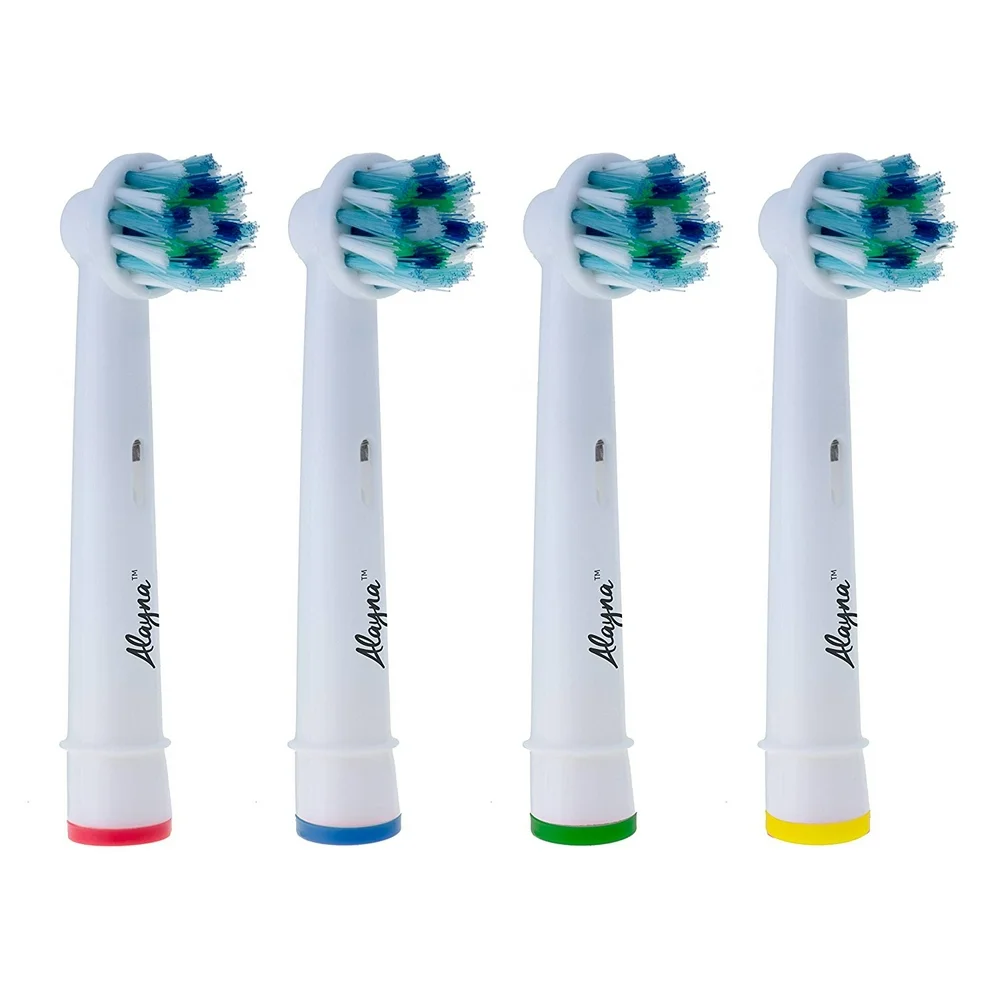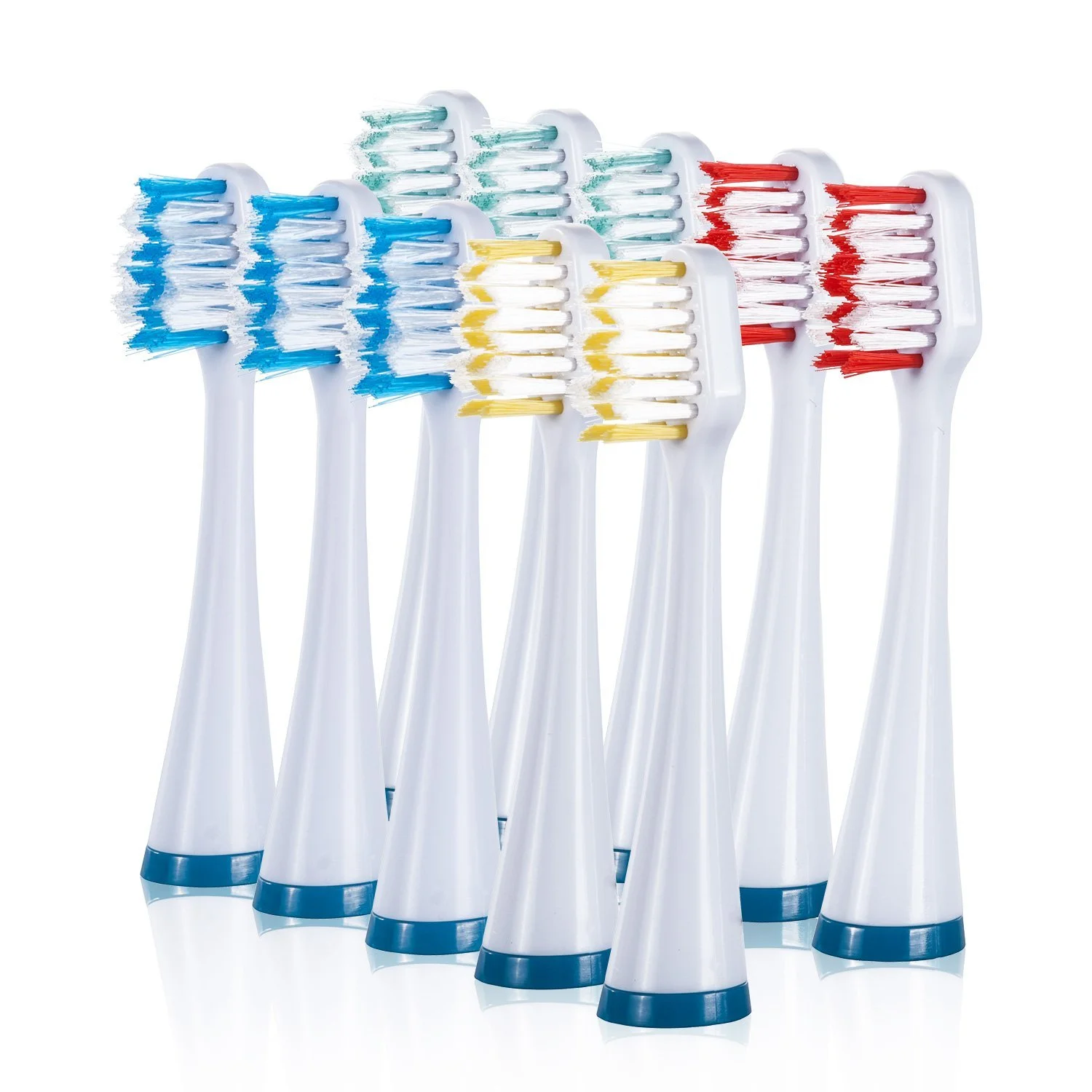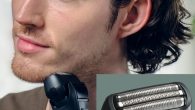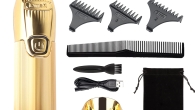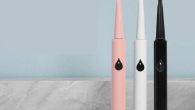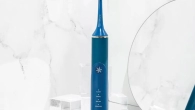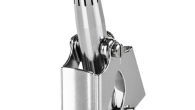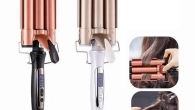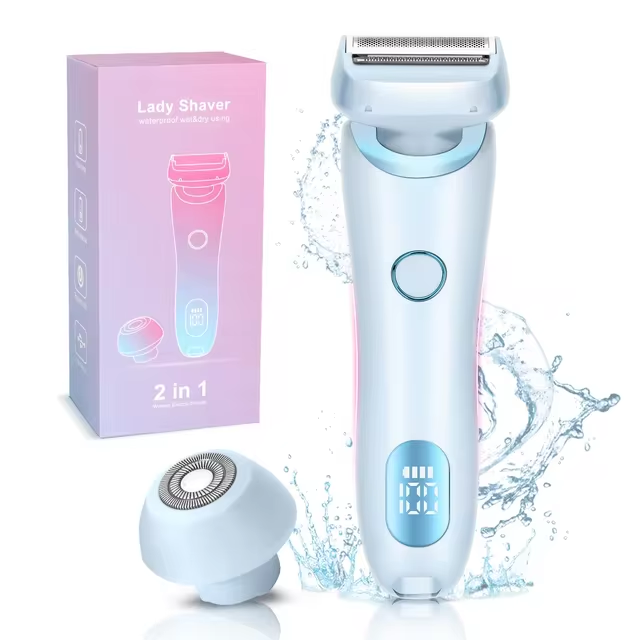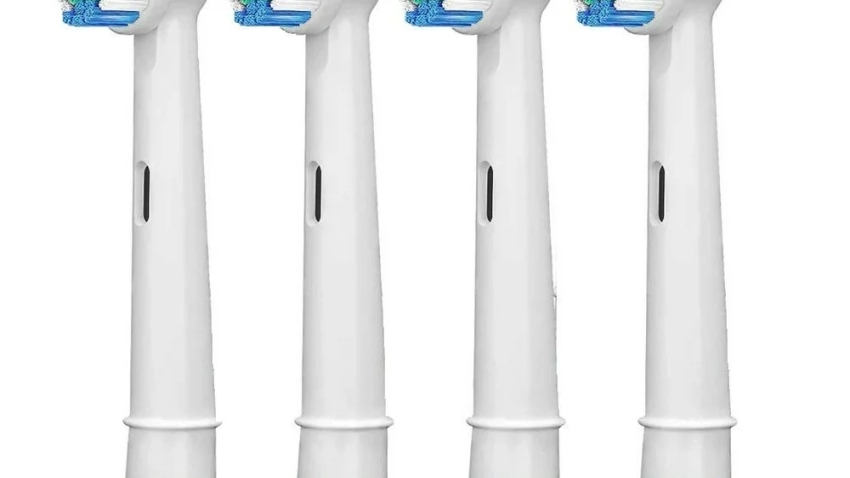
How Often to Replace Electric Toothbrush Head?
When it comes to maintaining oral hygiene, using an electric toothbrush is often more effective than a manual one. However, to ensure that your electric toothbrush performs optimally, it is crucial to replace the toothbrush head regularly. In this article, we will explore how often to replace electric toothbrush heads, the factors that influence this frequency, and tips to maintain your toothbrush for the best oral health results.
Importance of Replacing Electric Toothbrush Heads
Using an electric toothbrush head that is worn out can be counterproductive to your oral health regimen. The bristles become frayed and less effective at removing plaque, leading to several issues such as cavities, gum disease, and overall poor dental hygiene.
The Erosion of Effectiveness
As the bristles wear down, they lose their shape and cleaning ability. This means that you may not be effectively removing the bacteria that accumulate on your teeth and gums. Studies have shown that worn bristles can retain more plaque, making it essential to replace them regularly.
The Role of Fluoride
Moreover, during brushing, the fluoride from your toothpaste needs to be effectively applied to your teeth. A fresh toothbrush head helps to ensure that the fluoride is evenly distributed, assisting in the prevention of cavities and enamel erosion.
Recommended Replacement Frequency
So, how often should you replace the head of your electric toothbrush? Generally, dental professionals recommend changing the head every three to four months. However, several factors could influence this timeline.
Factors to Consider
- Brushing Frequency: If you brush your teeth more than twice a day, you may need to replace your toothbrush head more frequently. Increased wear means that the bristles will fray faster.
- Technique and Pressure: The technique you use while brushing matters. If you apply excessive pressure or have a vigorous brushing style, your toothbrush head will wear out more quickly.
- Brushing Duration: Longer brushing sessions can lead to quicker deterioration of the bristles. Hold your toothbrush at a 45-degree angle to your gums and brush for the recommended two minutes to optimize your oral care.
- Type of Bristles: Different toothbrush heads come with varying bristle types. Softer bristles wear out quicker, while firmer bristles may last longer but might not be ideal for sensitive gums.
- Personal Dental Health: Those with specific dental conditions, such as gum disease, might find that their toothbrush heads wear out more quickly. It is always best to consult your dentist for personalized recommendations.
Signs You Need to Replace Your Electric Toothbrush Head
In addition to the general recommendation, it’s vital to be aware of signs indicating that it’s time for a replacement. Here are some signs to watch out for:
Frayed Bristles
The most obvious sign that you need a new toothbrush head is fraying. When the bristles begin to look worn out and lose their original alignment, it’s time to replace the head.
Discoloration
If you notice discoloration or visible signs of wear, it may indicate that bacteria are accumulating in the worn-out bristles. This not only affects how well your toothbrush cleans but could also lead to health issues.
Reduced Cleaning Efficiency
If your teeth feel less clean after brushing or you notice an increase in plaque or tartar buildup, these could be signs that your toothbrush head has lost its effectiveness and needs replacing.
Changes in Gums
If you experience bleeding gums or increased sensitivity, it might be time to reassess your toothbrush head. Worn-out bristles can exacerbate gum problems, so don’t ignore these changes.
The Cost of Neglecting to Replace Your Toothbrush Head
Failing to replace your electric toothbrush head regularly can have significant long-term repercussions. Here are some potential costs of neglecting your dental hygiene:
Increased Dental Visits
Using worn bristles can lead to a buildup of plaque and tartar, increasing your risk of cavities. Frequent visits to the dentist can become an added cost that might exceed the price of replacing your toothbrush head on a regular basis.
Gum Disease
Poor oral hygiene due to ineffective brushing can lead to gingivitis and other forms of gum disease. These conditions are not only painful but also require more intensive dental treatment.
Personal Health Issues
Oral hygiene has direct links to overall health. Conditions such as heart disease and diabetes can be exacerbated by poor dental care. Neglecting your toothbrush head’s replacement can result in an increased risk of these severe health issues.
Tips for Maintaining Your Electric Toothbrush
Your electric toothbrush is an investment in your dental health, so it pays to take good care of it. Here are some tips for maintaining your electric toothbrush to extend its lifespan:
Clean the Handle and Charger
Regularly clean the handle and charging components of your toothbrush. Use a damp cloth to wipe down these areas, ensuring that no debris or bacteria builds up.
Store Properly
After each use, store your toothbrush in an upright position to allow it to air dry. Avoid covering it or storing it in a closed container, as this can encourage bacteria growth.
Replace the Head Timely
As mentioned earlier, aim for every three to four months, or sooner if you notice signs of wear. Maintaining a schedule can help ensure you’re not last-minute replacing it before your next dental visit.
Use Proper Brushing Techniques
Good brushing habits can not only help your toothbrush head last longer but also enhance your overall oral health. Follow the two-minute brushing rule and use the right amount of pressure to avoid damaging your toothbrush.
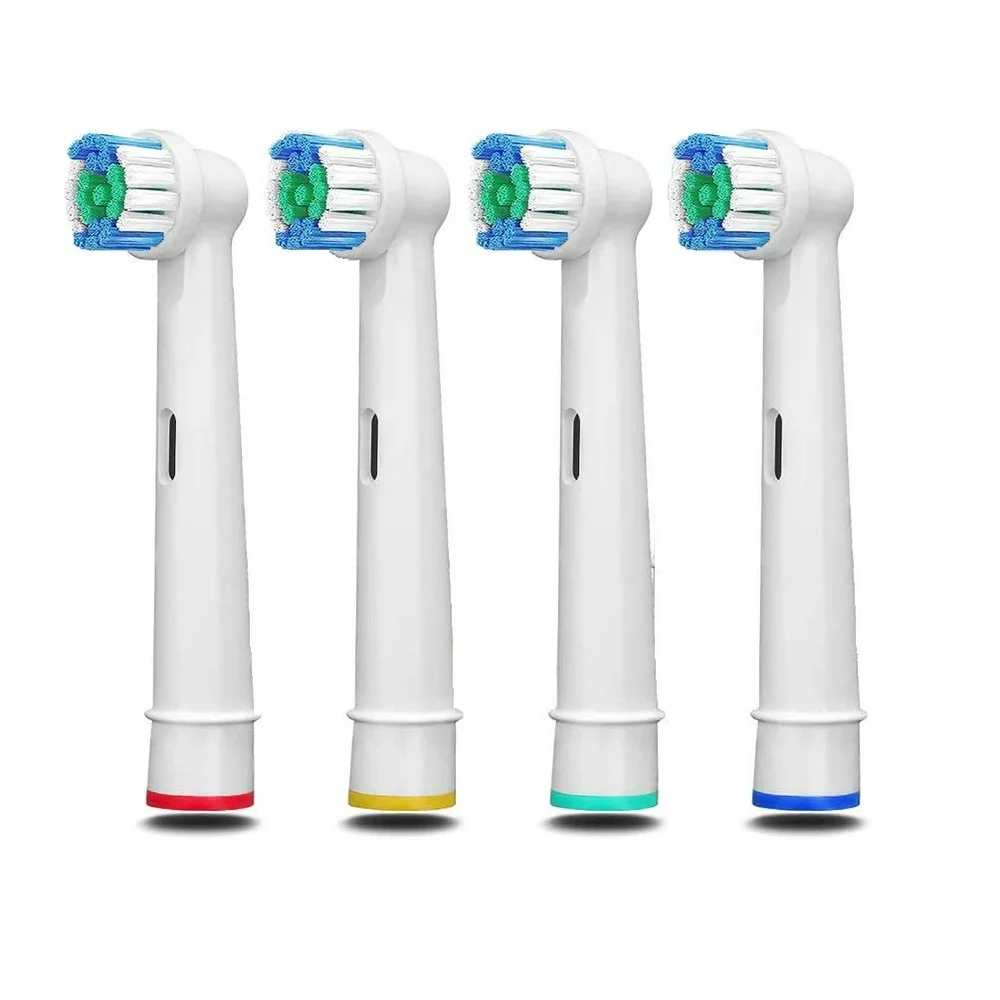 Family Considerations
Family Considerations
If your household consists of multiple individuals, each family member should have their own electric toothbrush head, and it should be replaced according to each person’s usage patterns.
Kids vs. Adults
Kids may not have the same brushing techniques as adults, leading to faster wear. Parents should monitor children’s toothbrush heads and replace them accordingly to ensure that kids maintain proper dental hygiene.
Special Needs Patients
For individuals with special needs or disabilities, replacing the toothbrush head may also be affected by their skill level and ability to brush effectively. Caregivers should closely observe the state of the toothbrush heads used by these individuals.
Choosing the Right Electric Toothbrush Head
When it’s time to replace your electric toothbrush head, it’s also essential to choose the right one. Not all heads are created equal, and ensuring that you have the best one for your needs can make a difference.
Compatibility
Ensure that the replacement head is compatible with your specific electric toothbrush model. Many brands offer a variety of heads designed for different cleaning needs.
Specialized Heads
Some toothbrush heads are designed for specific problems or preferences. For instance, there are heads for sensitive gums, those focused on deep cleaning, or even specialized brushes for orthodontic care. Evaluate your personal dental health needs and choose accordingly.
Customer Reviews
Consider checking online reviews or asking dental professionals for recommendations on which electric toothbrush heads last longer and provide effective cleaning.
Conclusion
Maintaining oral health requires diligence, and replacing your electric toothbrush head is a crucial part of that routine. So, how often to replace electric toothbrush head truly comes down to individual usage, technique, and maintenance practices. Generally, adhering to the three- to four-month rule is advisable, keeping an eye out for signs of fading effectiveness, such as frayed bristles or discoloration. By understanding the importance of regular replacement and giving your toothbrush the love it deserves, you ultimately enhance your dental health and overall well-being. Take those proactive steps to ensure a beautiful, healthy smile!




